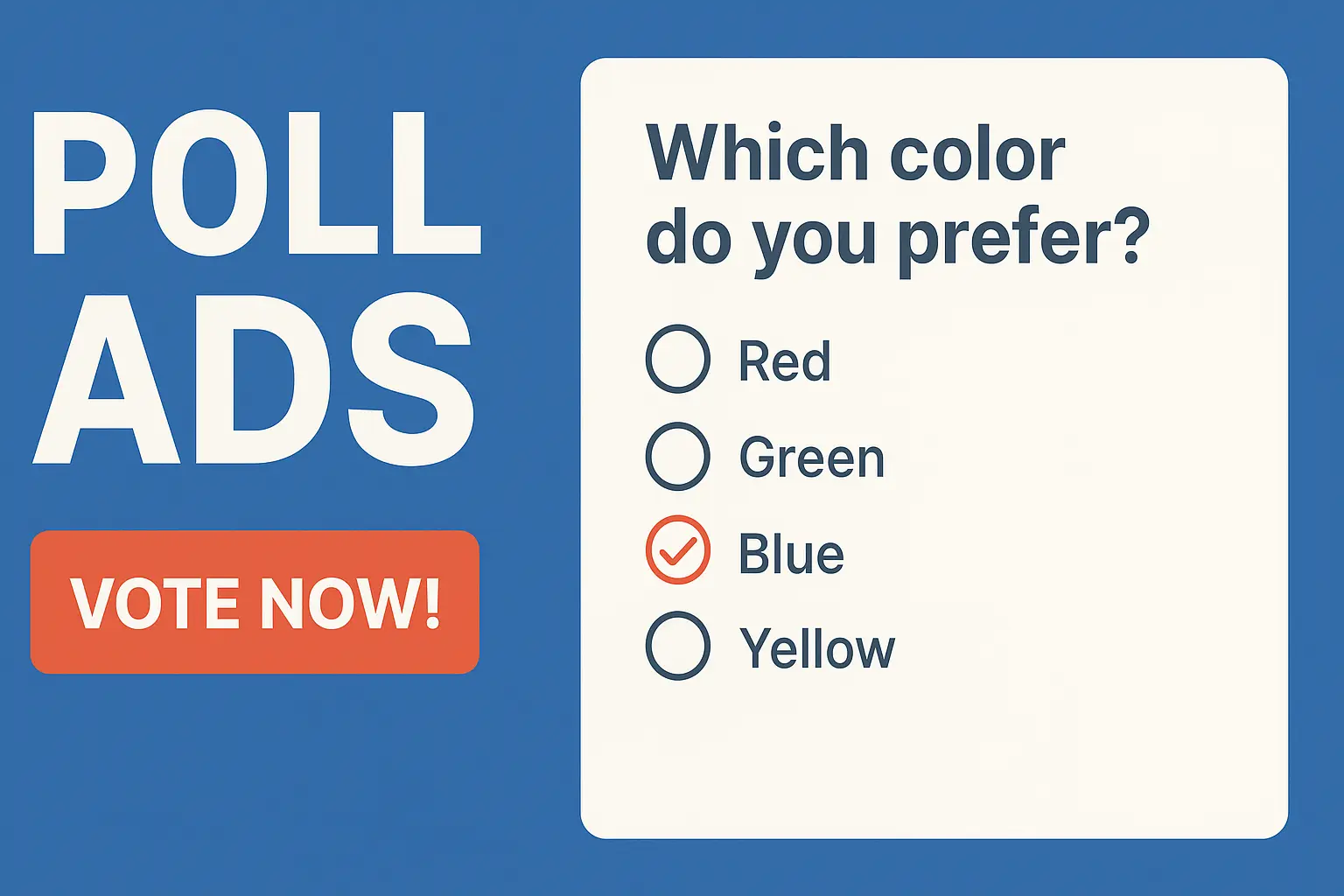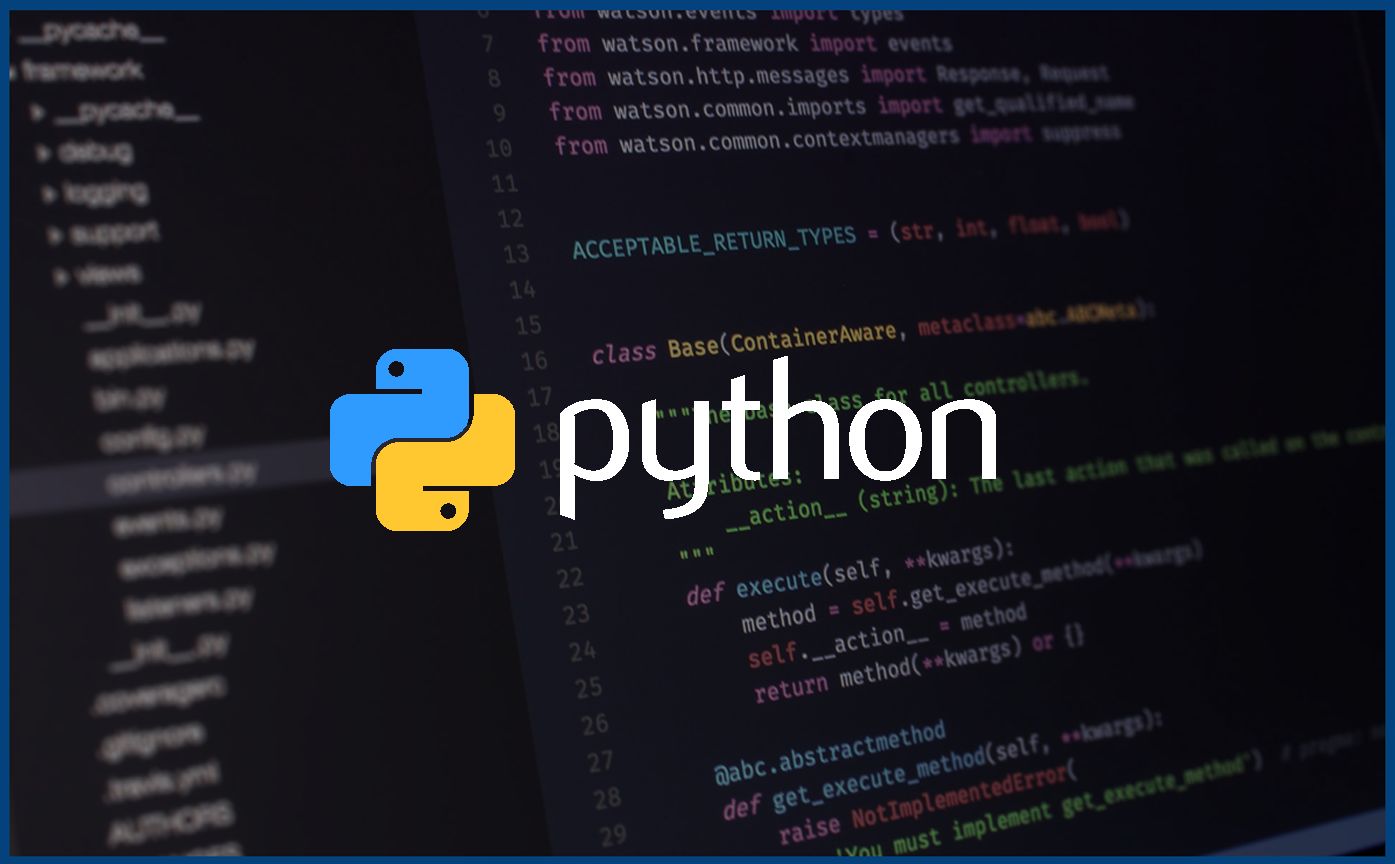Why Poll Ads Work?
Poll ads stand out because they invite interaction rather than passive viewing. Unlike static ads that people scroll past, a poll prompts users to stop, think, and participate. This active engagement not only boosts visibility but also provides valuable insights into your audience’s preferences, opinions, and pain points. For businesses looking to improve brand recall and deepen audience connections, poll ads offer a highly effective format.
Setting Clear Objectives
Before creating a poll ad, define what you want to achieve. Is your goal to spark conversation, gather feedback, or warm up audiences for a product launch? Clear objectives determine everything from the questions you ask to the way you measure success. A poll about industry challenges, for instance, could be used to position your brand as a thought leader, while a poll about product features might inform your next campaign.
Crafting the Right Question
The key to a successful poll is asking the right question. Avoid making it too broad or irrelevant to your audience. Instead, focus on specific and relatable topics. Questions should be easy to answer but thought-provoking enough to spark discussion in the comments. For example, a marketing software company might ask: “What’s your biggest challenge in managing campaigns—budget, targeting, or reporting?” The clearer the question, the more meaningful the responses.
Choosing Your Audience
Targeting plays a big role in poll ad success. Broad polls can generate vanity metrics, but the real value comes from engaging the right audience. On platforms like LinkedIn, you can target by industry, job title, or seniority to ensure your poll reaches people who can provide relevant insights. Testing smaller, segmented audiences often delivers more useful data than casting too wide a net.
Designing the Ad
A poll ad includes more than just a question—it’s also about presentation. Use concise ad copy that explains why people should participate. Pair the poll with a strong headline and an eye-catching image or graphic that aligns with the theme. Keep in mind that the call-to-action should encourage participation without being pushy. Something simple like “Vote now and see what your peers think” can work better than sales-oriented prompts.
Allocating Budget and Duration
Poll ads don’t need a large budget to perform well, but they do need enough exposure to gather statistically useful responses. Setting a moderate daily budget ensures your poll gains visibility without draining resources. As for duration, running the ad for one to two weeks often strikes the right balance—long enough to gather insights but short enough to keep results timely and relevant.
Measuring Performance
Engagement rate is the primary metric for poll ads, but it shouldn’t be the only one. Look at the number of votes, comments, and shares, as well as the demographic breakdown of participants. This context helps you understand not only how many people engaged but also who they were. For example, a poll with 200 responses from senior decision-makers may be more valuable than one with 2,000 responses from general users.
Leveraging Results Beyond the Poll
The value of a poll doesn’t end when the ad stops running. The results can fuel content strategies, inform product development, or even be turned into case studies. Sharing follow-up posts that highlight the findings shows that you listened to your audience and value their input. This step helps build credibility and keeps the conversation going.
When to Get Expert Help
Some businesses find success running poll ads independently, but others may benefit from outside guidance. Partnering with a LinkedIn advertising agency can help refine audience targeting, ad design, and performance tracking. Agencies often bring tested strategies that prevent wasted budget and ensure poll ads contribute to broader campaign goals. While not necessary for every company, this support can be especially useful for those running campaigns at scale or in competitive industries.
Avoiding Common Pitfalls
One mistake is making poll questions too self-serving, such as asking people to choose between two of your products. These often come across as thinly veiled sales pitches and can hurt engagement. Another pitfall is failing to act on the results—polls should never feel like a one-off tactic. Treat them as part of an ongoing conversation with your audience.
Conclusion
Poll ads offer a unique way to combine engagement, research, and brand awareness in one format. When executed thoughtfully—by setting clear goals, crafting relevant questions, and targeting the right audience—they deliver insights that go beyond clicks and impressions. Whether you run them in-house or with the support of a LinkedIn advertising agency, poll ads can play a valuable role in building stronger connections and driving meaningful engagement with your audience.
































































